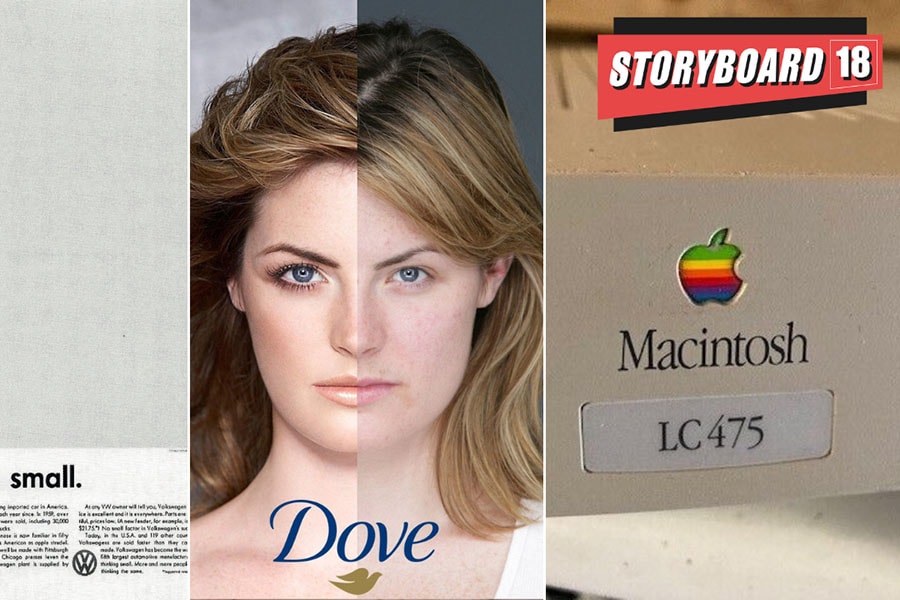
Marketing Mocktail: Explaining the purpose behind brand purpose
The biggest trend of the past decade is purpose. But what does it really mean? Here's the only primer you need on how to wield it in marketing and brand building
 Today, many marketers have bought into the idea of brand purpose, it has its share of critics who label it as mumbo jumbo, while the cheerleaders argue that today a successful brand must have a reason for being, not just a reason for selling. (Images: Twitter)
Today, many marketers have bought into the idea of brand purpose, it has its share of critics who label it as mumbo jumbo, while the cheerleaders argue that today a successful brand must have a reason for being, not just a reason for selling. (Images: Twitter)
Note to readers: Storyboard18's latest column Marketing Mocktail breaks down and explains the big ideas, new disruptions, older concepts and marketing practices that matter in the modern age.
‘Purpose’ has become a buzzword in marketing. Brands are making a beeline for jumping onto the purpose bandwagon. Some have succeeded, while many have ended up with an egg on their face.
So, what exactly is brand purpose?
‘Purpose’ in English means, “The reason for which something is done or created. Or for which something exists.” For a brand, purpose is the raison d’etre for its existence. As Simon Sinek says, “People don’t buy what you do, they buy why you do it.” While products solve problems in our lives, purpose beats down the enemies that torment us every day. These enemies are conventions, beliefs, and behaviors in society that brands choose to fight.

















